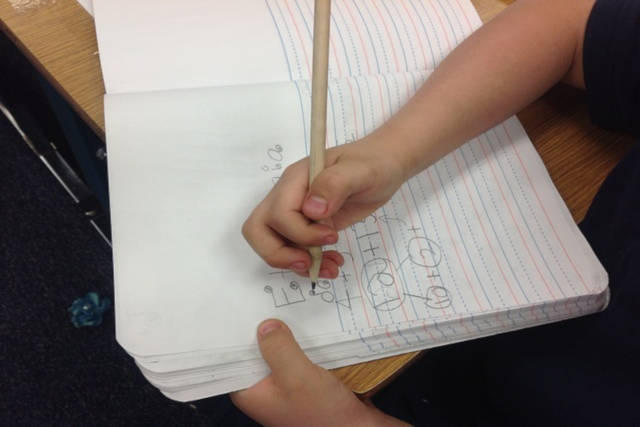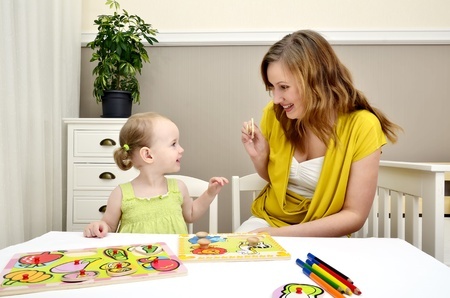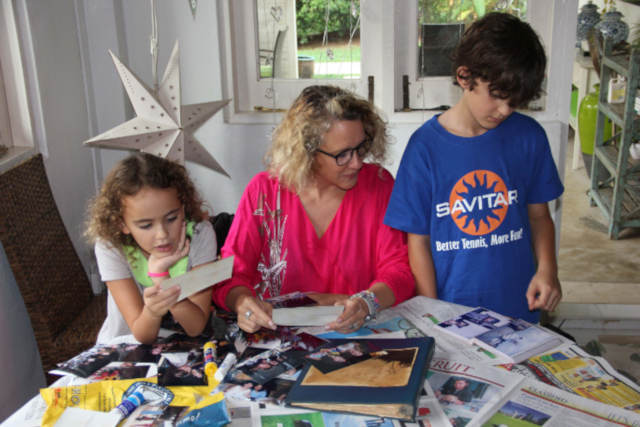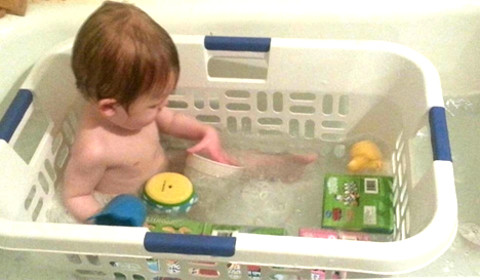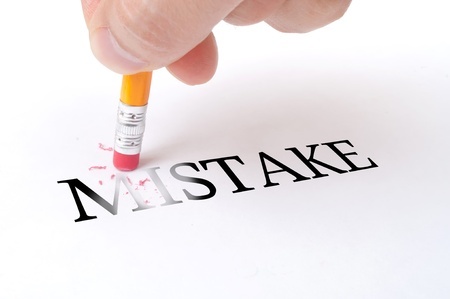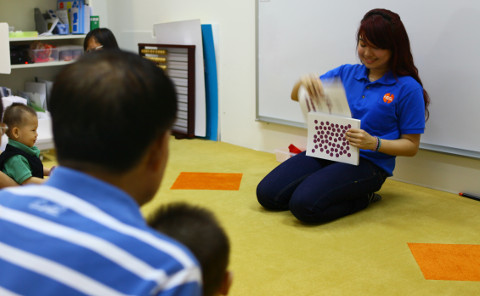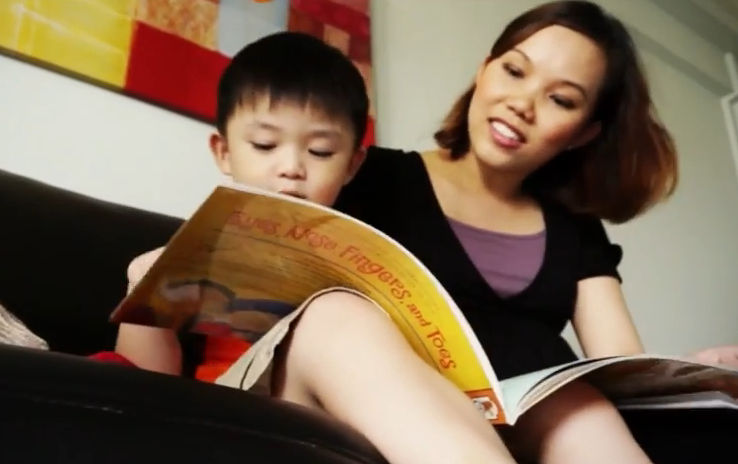There are many hidden opportunities around the house present them with teaching their children math. One just has to be alert to such teachable moments and capitalize on them when they present themselves. Here are several different activities for math you can do at home with your little ones!
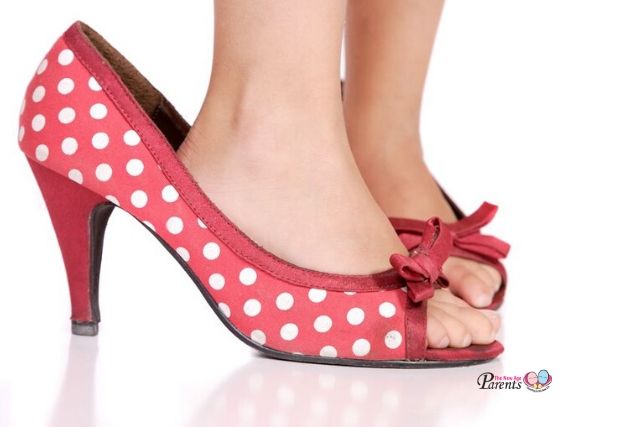
Size Matters (2 – 3 years old)
Ever tried on your mother’s old shoes as a child? Or your father’s jacket? Recall how oversized those things were? Such moments are actually opportunities to teach your children simple terms of scale, such as “big”, “small”, and “medium”, and classification according to this. You can do this with any set of similar items, and have your child arrange them according to size.
Say, for example, shoes. You can retrieve every shoe in the house and give your child the opportunity of arranging them from smallest to biggest, or vice versa. You can facilitate this by supplementing the correct vocabulary for the difference observed in the sizes, by saying “This shoe is bigger than that shoe” or “Your shoe is smaller than my shoe.” Not only does your child get to learn simple measures of scale and terms of size, but your child also gets to experience it as well.
How long is this? (5 – 6 years old)
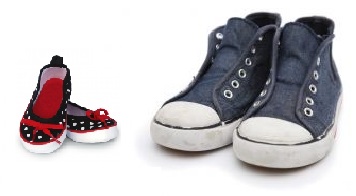
Children can be exposed to estimation at an early age without even knowing units of scale yet. This informal knowledge can go a long way to furnishing their understanding of measurements of scale when they do get to learning about it later on. Do you recall your earliest experiences with estimation? How you tried to gauge visually if this rug was longer than that bed, or if this person was taller than that person?
You can start by piquing your child’s interest in the comparison of lengths of various objects in your house. “I wonder if the table is longer than the sofa.” “Can your cupboard be wider than the TV set?”
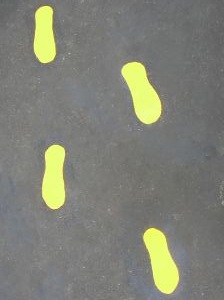
Then choose a unit of measure with your child. It can be footsteps, or pencils, or handprints; just as long as the unit of measure is somewhat constant as it is used to measure the item of question. For example, “Let’s see how many of your footsteps it takes to walk the whole length of this bed. Putting one foot in front of the other: make sure they touch but don’t step on your own foot! One… two… three…” You can write these in a roughly sketched table for your child to compare the differences in length or have your child write them.
Make sure that your child somewhat understands the concept of accuracy, by explaining why he or she cannot measure a bed by the number of handprints and a sofa by the number of footprints for comparison. For example, you can say “Because it would not be fair, since your foot is longer than your hand, and it would definitely take more handprints than footprints to cover the length of the bed.” Have them then measure the bed in hand and footprints to confirm this theory.
We hope you will have fun trying these activities to learn math at home!
Written by Tabitha Lee.
If you find this article useful, do click Like and Share at the bottom of the post, thank you.
Want more comprehensive info? Check out our e-guides here.





































